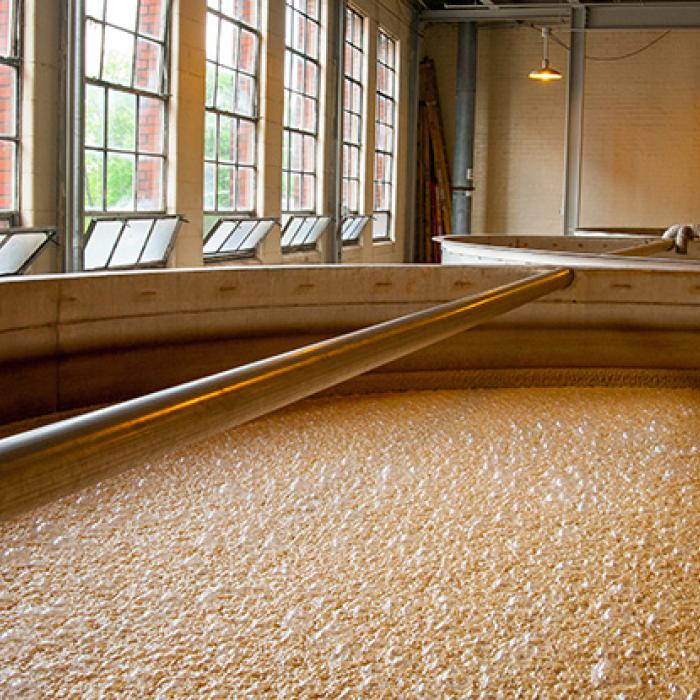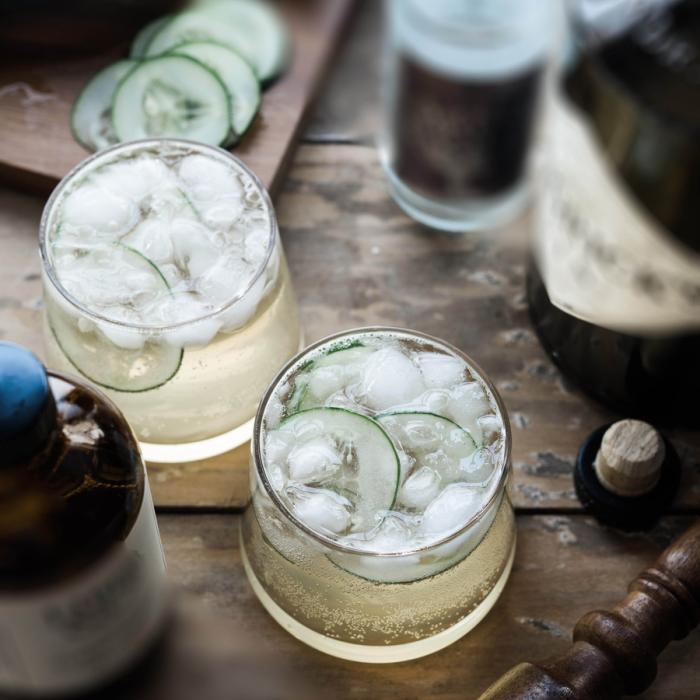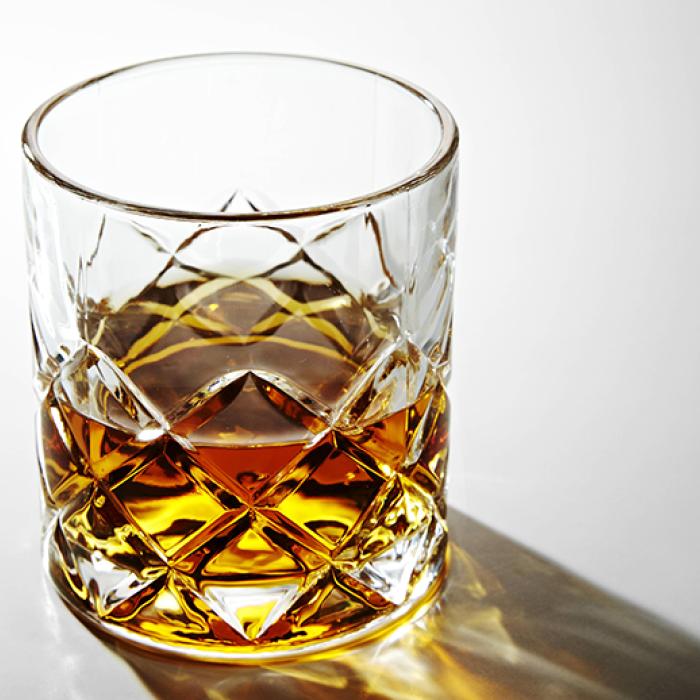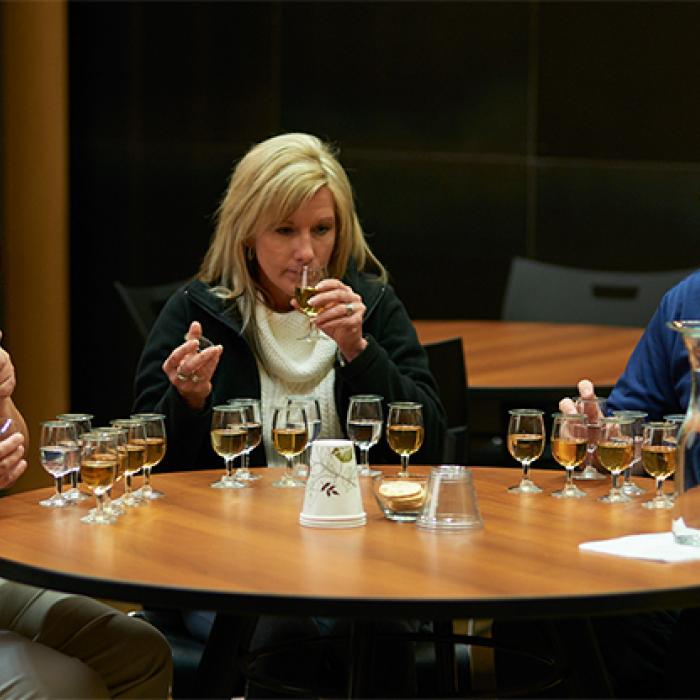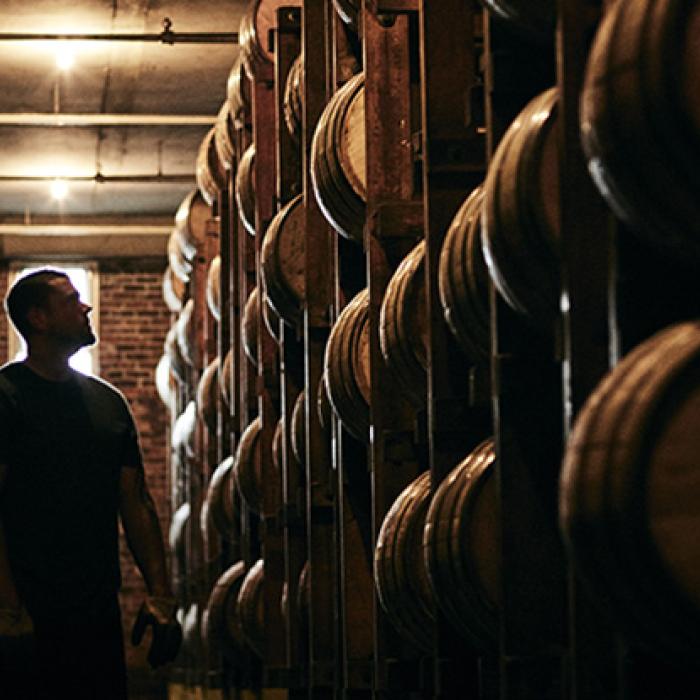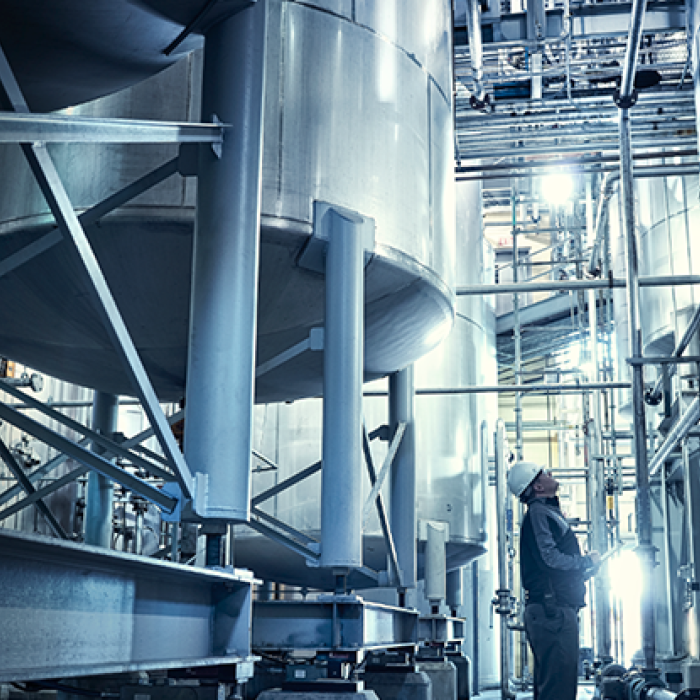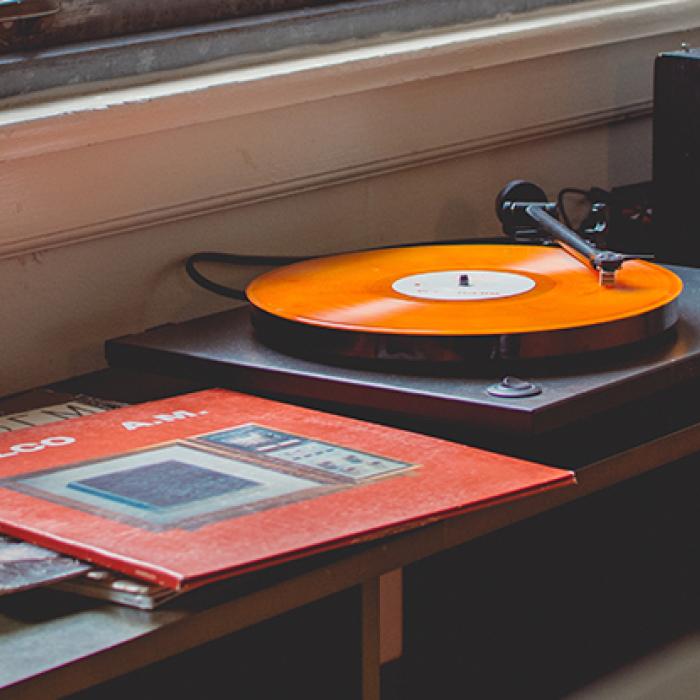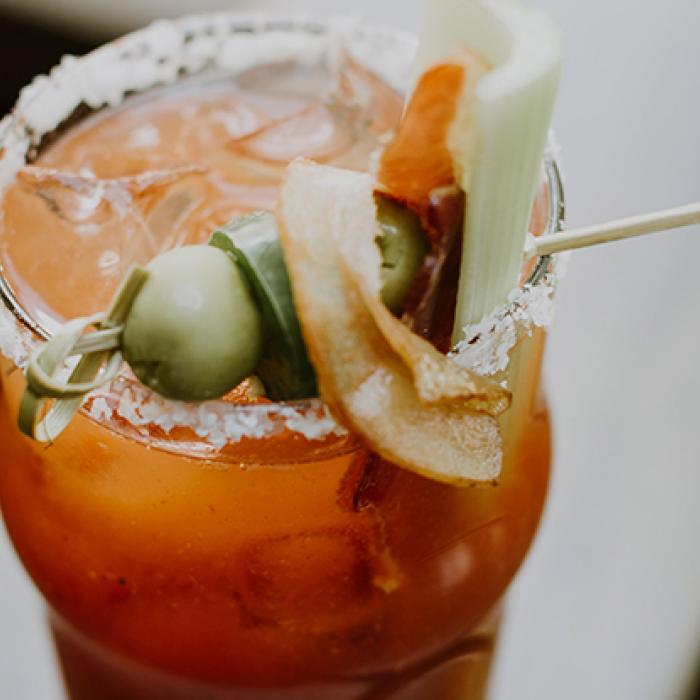Distilling Blog
Inside the Industry
Craft distilleries constantly innovate to stay relevant in the crowded spirits category. Case in point: Ready-to-drink cocktails.
Gone are the days when hyper-sweet concoctions dominated the category. Craft distillers in recent years recognized that premixed, canned cocktails were an excellent outlet to introduce their brands and showcase quality spirits. The opportunity remains solid with the popularity of cocktails-to-go and consumers’ desire to drink premium spirits at home, trends that boomed during the COVID-19 pandemic.
Read More
Masters of Spirits
Today’s distillers pay homage to the past. But they aren’t afraid to tweak the age-old art and science behind great whiskey. Case in point: Yeast research.
Yeast is a basic component of all fermented beverages (beer, wine and spirits). Its function is to convert sugars from grains, plants and fruits into ethanol and carbon dioxide. For years, makers of spirits and other beverage alcohols have used strains from a species of yeast called Saccharomyces cerevisiae. Cerevisiae is preferred for its ability to repress wild microorganisms and efficiently convert sugars, producing consistent alcohol without ‘off’ flavors.
Read More
Masters of Spirits
Gin is like an old friend. Reliable, familiar. Supportive of many iterations of the cocktail. Yes, gin is here to stay, according to the Distilled Spirits Council of the United States (DISCUS). In 2020, year-over-year sales of 9-liter cases rose 4.2% to more than 10 million. Revenue to gin suppliers increased 5.9% to $972 million.
“Thanks to the humble juniper berry, gin has a delightful subtle flavor with versatility,” DISCUS says. “America’s thirst for gin lies in the popularity of the many fine cocktails highlighted by the revival of the cocktail renaissance. Gin’s pleasurable taste and versatile flavors make it a perfect base for any classic or complex mixed drink.”
Read More
Inside the Industry
Super-premium spirits were hot at the dawn of 2020. Then, a little thing called a pandemic forced consumers to stay home. Unable to spend on travel and other experiences, they experimented with cooking and cocktails, turning to online shopping for their alcohol, including high-end spirits.
Read More
Inside the Industry
The lore surrounding American whiskey has captivated an eager market. Especially the notion of “craft,” with carefully created mash bills, skillful blending and unique barrel finishes. And there are famous stories about fermentation and distillation -- every aspect of the whiskey-making process -- passed down across generations.
Read More
Then & Now
Sooner or later … Everything old is new again.
This idea, attributed to author Stephen King as well as a song by Peter Allen, is certainly true in the case of dark spirits. Hunger for origin stories and the history surrounding distilleries, mash bills – occasionally even the age and provenance of yeast used in fermentation – are helping fuel the passion for American Whiskey.
Read More
Inside the Industry
No question. 2020 was a rough year for U.S. craft distillers. The COVID-19 pandemic dealt a one-two punch: Not only were their tasting rooms forced to close, so were bars and restaurants, causing on-premise spirits consumption to plummet. Still, some craft distillers are considering expansion, even if their 2021 will be something of a reset. Their optimism is based on expectations for pent-up consumer demand and new opportunities born out of necessity during the pandemic: Direct to Consumer sales; cocktails-to-go; and scaling operations as a cost-savings measure. DISCUS refers to these kinds of developments as “market modernizations” that will help boost the industry’s recovery.
Read More
Inside the Industry
The coronavirus pandemic changed us all. It changed the way we go about our daily lives, the way we interact with each other and the way we consume. Every industry had to adapt to the country’s new way of life. The spirits industry not only adapted, but got stronger and showed a promising future.
According to a blog post from FoodBev Media, the alcoholic beverage market is expected to continue growing at a compound annual growth rate (CAGR) of more than 4% over the next 6 years.
Why? Glad you asked.
Read More
Pagination
- Previous page
- Page 2
- Next page


